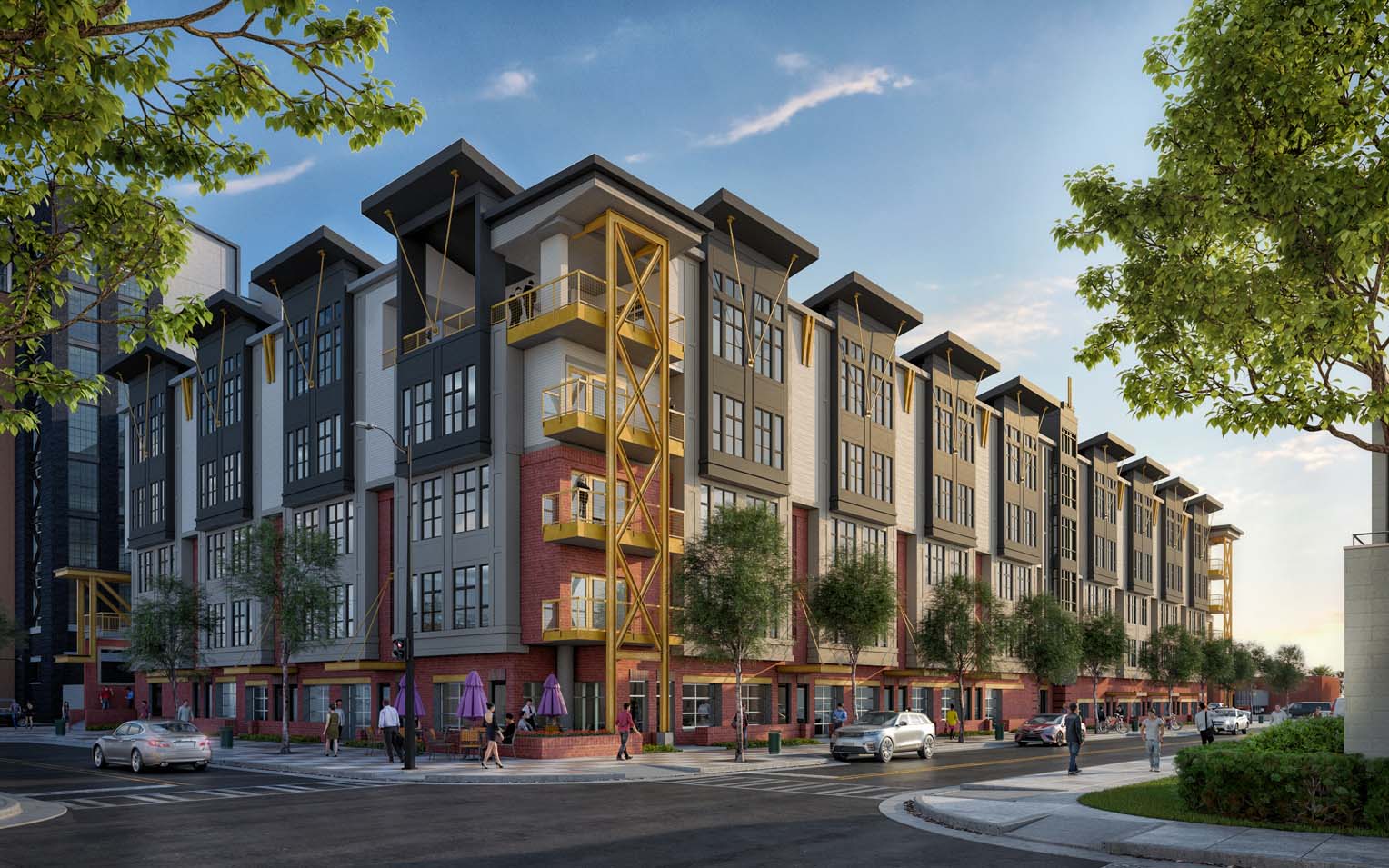Balancing Energy Efficiency and Occupant Comfort in Mixed-Use Apartments
In mixed-use apartments, it can be difficult to strike a balance between energy efficiency and occupant comfort, as the demands and tastes of occupiers can vary greatly, and energy-efficient design features can occasionally conflict with comfort-related aspects. Yet, numerous ways can be applied to accomplish both objectives:
Perform a complete energy audit. A thorough energy audit can assist discover areas of energy waste in a facility as well as chances for energy-efficient modifications. This data can then be utilised to plan and implement energy-efficient measures customized to the building’s specific requirements.
Examine the building’s orientation and layout. The orientation and layout of a structure can have a substantial impact on energy consumption and occupant comfort. Buildings that are designed to take advantage of natural light and ventilation, for instance, can reduce the need for artificial lighting and HVAC systems while providing residents with a more comfortable living environment.
Use energy-efficient appliances and fixtures: Replacing old, inefficient appliances and fixtures with energy-efficient versions can reduce energy consumption and expenses, as well as increase tenant comfort and convenience.
Optimize HVAC systems: HVAC systems consume a significant amount of energy in buildings, although they are essential for tenant comfort. Consider implementing programmable thermostats, zoning controls, and other energy-saving techniques that can assist achieve a balance between energy efficiency and occupant comfort in order to improve HVAC systems.
Educate occupants: Teaching occupants on energy-efficient behaviours and practises will help them comprehend the need of energy conservation and urge them to adopt adjustments that will increase their comfort and decrease their energy consumption.
In mixed-use apartments, maintaining a balance between energy efficiency and tenant comfort needs a comprehensive strategy that considers a variety of aspects, including building orientation, layout, appliances and fixtures, HVAC systems, and occupant behaviour. By taking a holistic approach and applying several tactics, building owners and managers may create occupant-friendly and energy-efficient facilities.
Disclaimer: This content is provided solely for your review. Erusu Consultants takes no liability for this article. The reader is advised to form their own opinion. Please consult a structural engineer before making any final decisions.






